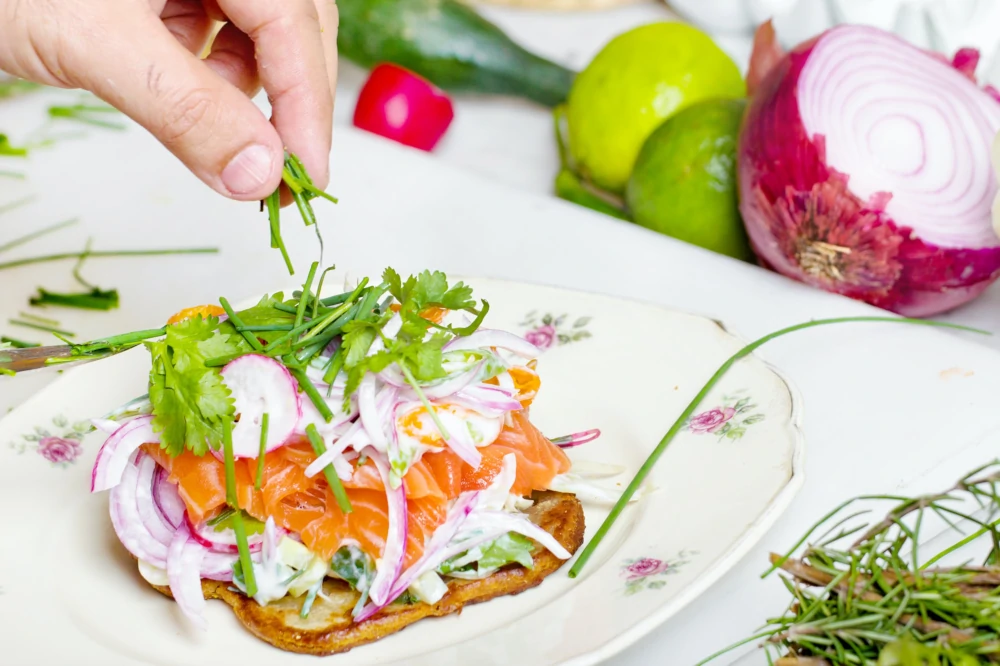In last post I detailed the technologies I chose to create the content of this blog. In this post I will describe the technologies and resources I used to add style and plate this blog.
Tailwind Css
I first got to know Tailwind CSS one year ago thanks to a talk on egghead.io by Amadou Sall. Back then I was in the middle of converting from native desktop development to web development.
I personally felt uncomfortable with the separation of concerns between CSS and HTML: I could easily misspell a CSS class name, or use the wrong HTML type and find get lost in my design implementation process.
Here are two examples in the languages I was familiar with:
// A text component in Xaml, .NET
<TextBlock Text="Hello, world!"
Foreground="Blue"
FontStyle="Italic"
FontSize="22"/>// A text component in Qml, Qt
Label {
text: "Hello, world!"
font.pixelSize: 22
font.italic: true
color: "blue"
}And what I found in web:
<div class='label'>Hello, world!</div> /* A text component in CSS */
.label {
color: "blue";
font-size: 22px;
font-style: italic;
}Keeping the style code as close as possible to the HTML tag felt more natural, more familiar to me.
Here is where Tailwind made sense to me:
🧱 it is a collection of atomic CSS classes, meant to be explicit and assigned to the html items.
📦 It supports tree-shaking, so only the used classes are bundled.
👩🔧 It can be configured, modified and extended to have the colors, margins, fonts definitions we want.
📑 It is well documented with clear examples.
🌟 It has a [plugin] to add typographic defaults to vanilla HTML you don't control, like the rendered Markdown.
Let's get started!
Setup
I added Tailwind to my Next project by running:
yarn add --dev tailwindcss@latest postcss@latest autoprefixer@latest @tailwindcss/typographyI created my tailwind config file by running:
npx tailwindcss init -pI configured Tailwind to remove unused styles in production
// tailwind.config.js module.exports = { purge: ['./pages/**/*.{js,ts,jsx,tsx}', './components/**/*.{js,ts,jsx,tsx}'], darkMode: false, // or 'media' or 'class' theme: { extend: {}, }, variants: { extend: {}, }, plugins: [ require('@tailwindcss/typography'), // ... ], }Import Tailwind in all pages:
// index.jsx import "tailwindcss/tailwind.css"; ...If you are using VS Code, I recommend installing VS Code Tailwind IntelliSense to have intellisense and linting.
Using Tailwind CSS
Once you import tailwind into your React files, you can start using its classes to define the style.
It comes with a preset of spacing, margins, colors and fonts that you can customize to match your desired design.
Keeping the example of a blue text block:
<div class='italic text-blue-600 text-md'>Hello, world!</div>You can play with it it on this codepen
It supports both flex and grid layout - there is a plugin to support even grid area
I could add style to the rendered Markdown thanks to @tailwindcss/typography. It provides a set of prose configurable classes:
<div className="prose mx-6 md:mx-8 lg:mx-12 max-w-none">
<ReactMarkdown renderers={renderers}>{markdownBody}</ReactMarkdown>
</div>I defining colors from a palette I picked from coolors.co.
I added some heights definitions.
I extended variants support to change the SVG's fill property on hover and focus. This let me style the SVG icons collection from zondicons
Finally I extended the group variants to change more properties on group hover.
In conclusion
I recommend playing with TailwindCss to understand if it fits your needs: I could achieve the design I had in mind. I was surprised by how it handles even group focus/hover.
I could add style to SVG and and customise with my palette of colors, everything was a google search away.
Let's try it and let me know how you like it, if you find any obstacle. Reach out on Twitter, I'll be glad to chat!
